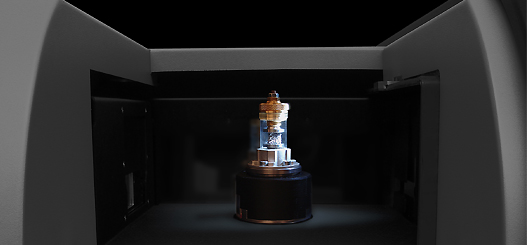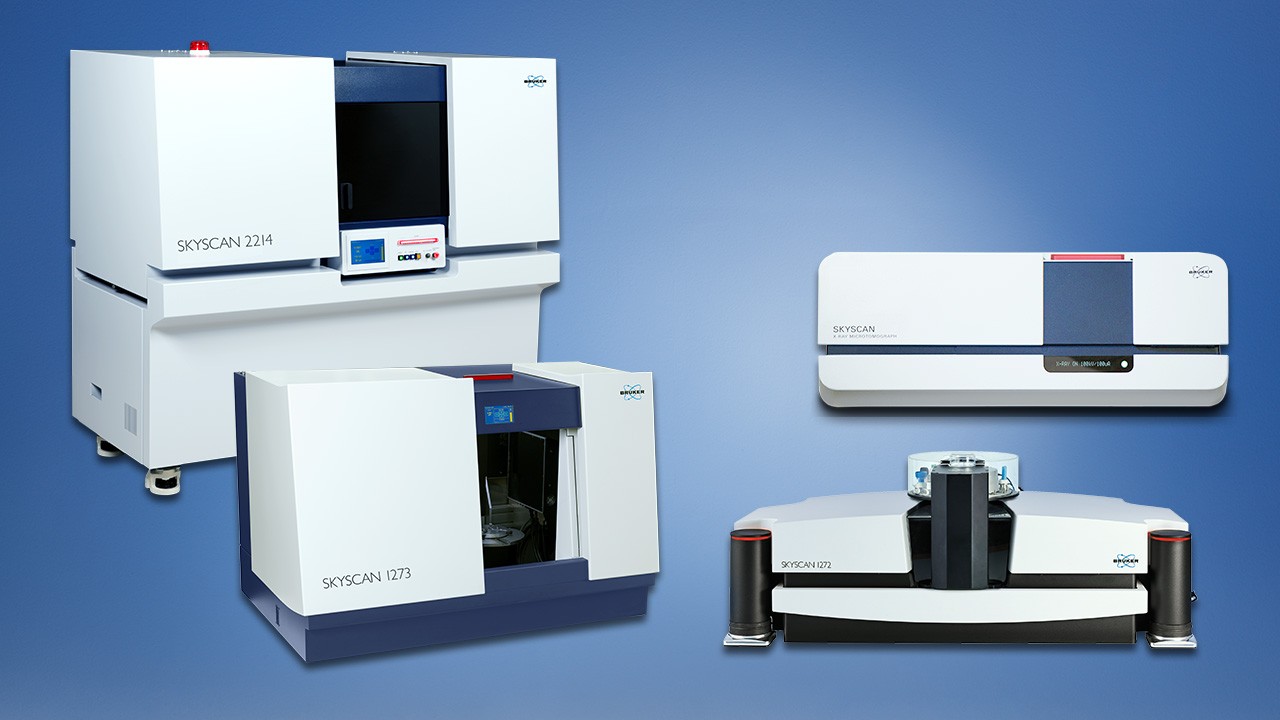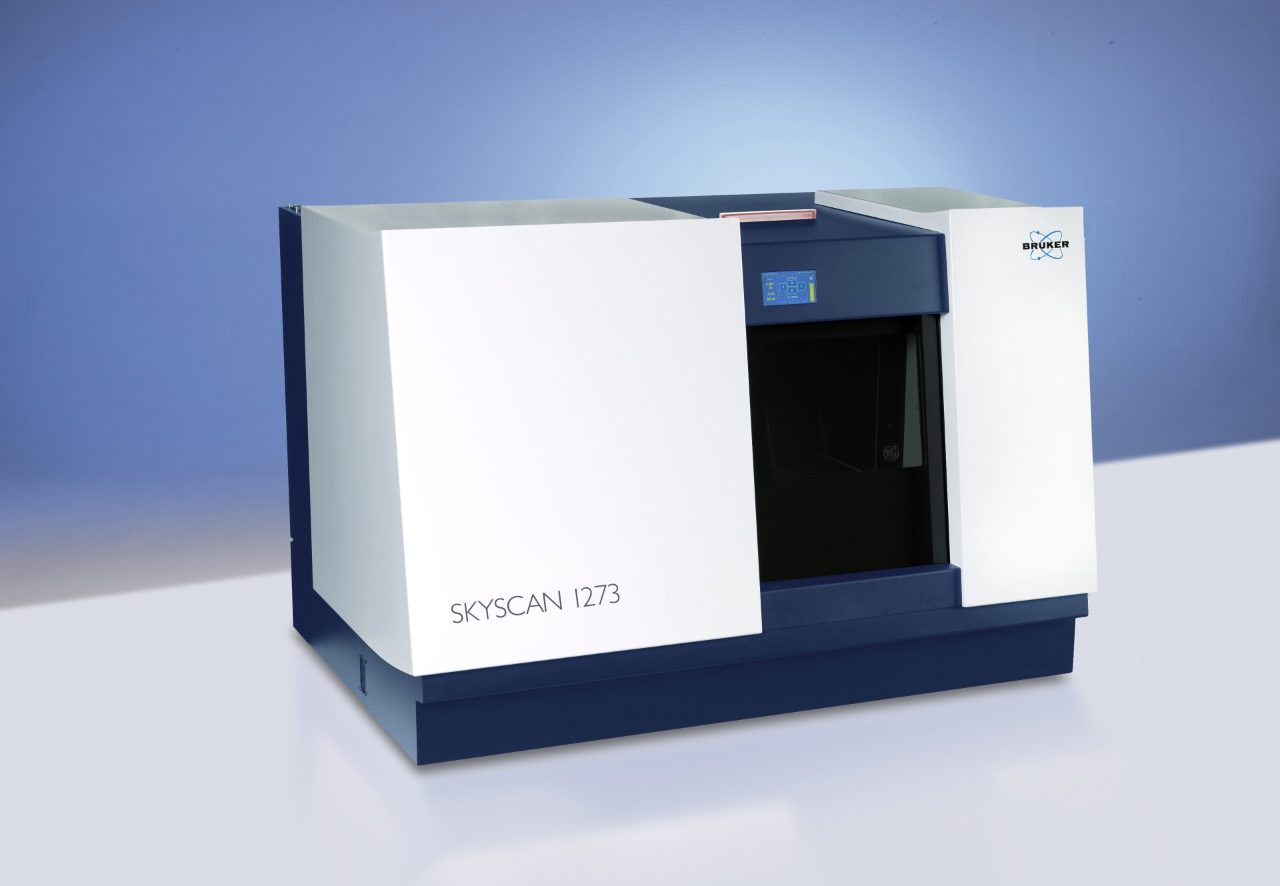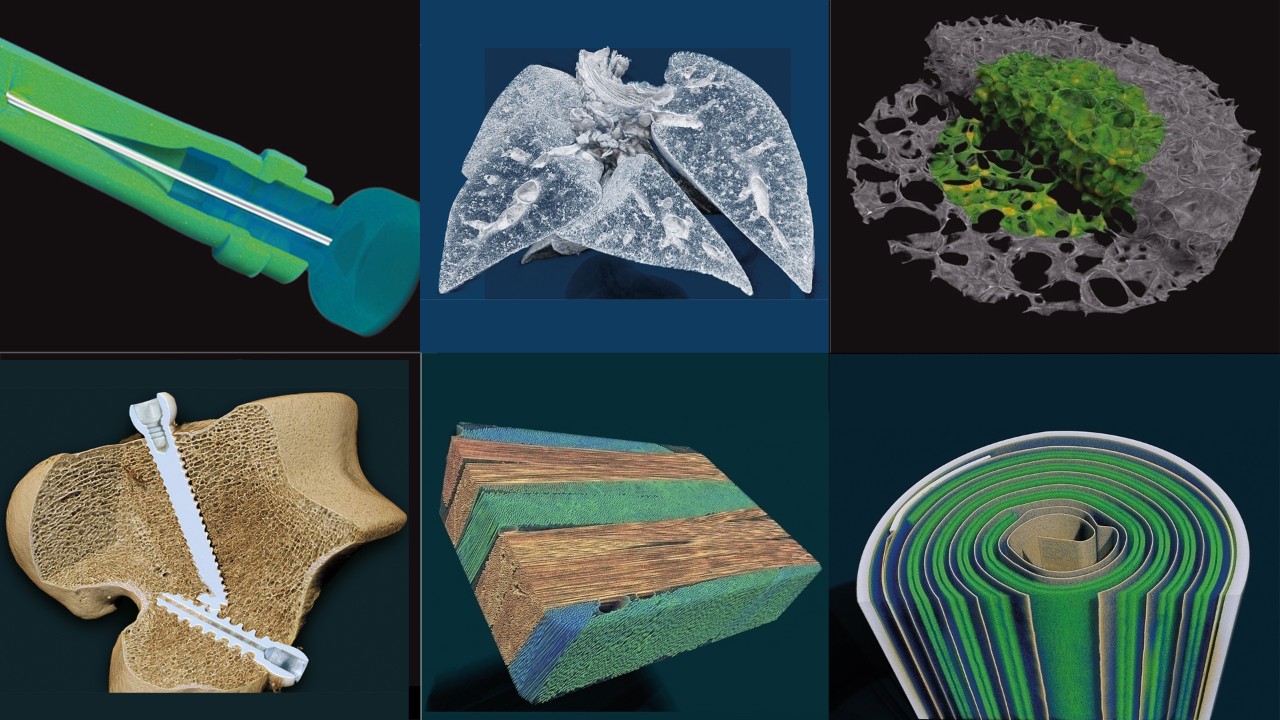

Object Stages for In-Situ XRM
Cooling/Heating stage
Bruker's heating and cooling stages can reach temperatures of up to +80ºC, or 30ºC below ambient temperature. Just like the other stages, the heating and cooling stages are powered and automatically communicate through the system’s rotation stage using advanced slip ring technology. No extra connections are needed.
Samples can be examined under non-ambient conditions, to evaluate the effect of temperature on the sample’s microstructure. Furthermore, the cooling stage can help to protect sensitive samples by keeping them at low temperature.
Materials Testing Stages for Tensile & Compression Testing
These Bruker material testing stages are designed to perform compression and tensile experiments up to 440 N. The MTS stages can be used in 2 modes: 1) a continuous mode for compression or tension up to the maximum specified load or until the maximum displacement; and 2) a predefined mode in which either the load or the displacement that should be reached is defined.
Just like the other stages, the materials testing stages are powered and automatically communicate through the system’s rotation stage using advanced slip ring technology. No extra connections are needed.
Features
- Symmetrical load from top and bottom keeping the central part of an object in static position
- Compression and tensile testing
- Factory calibrated load cell for load measurement
- Factory calibrated linear displacement sensor
Specifications
- Maximum force: 44 N, 220 N, 440 N (depending on the load cell)
- Displacement sensor accuracy: ± 0.01 mm
- Load measurement accuracy: ± 1% of the full range
- Maximum object diameter: 20 mm
- Maximum travel: 11 mm
- Max object height for compression: 24 mm
- Max object length for tensile tests: 20 mm
Materials Testing Stages for Compression Testing
These Bruker material testing stages are designed to perform compression experiments up to 4400 N. The MTS stages can be used in 2 modes: 1) a continuous mode for compression or tension up to the maximum specified load or until the maximum displacement; and 2) a predefined mode in which either the load or the displacement that should be reached is defined.
Just like the other stages, the materials testing stages are powered and automatically communicate through the system’s rotation stage using advanced slip ring technology. No extra connections are needed.
Features
- Compression testing
- Factory calibrated load cell for load measurement
- Factory calibrated linear displacement sensor
Specifications
- Maximum force: 2200 N, 4400 N (depending on the load cell)
- Displacement sensor accuracy: ± 0.01 mm
- Load measurement accuracy: ± 1% of the full range
- Maximum object diameter: 22 mm
- Maximum travel: 5.5 mm
- Max object height for compression: 20 mm


